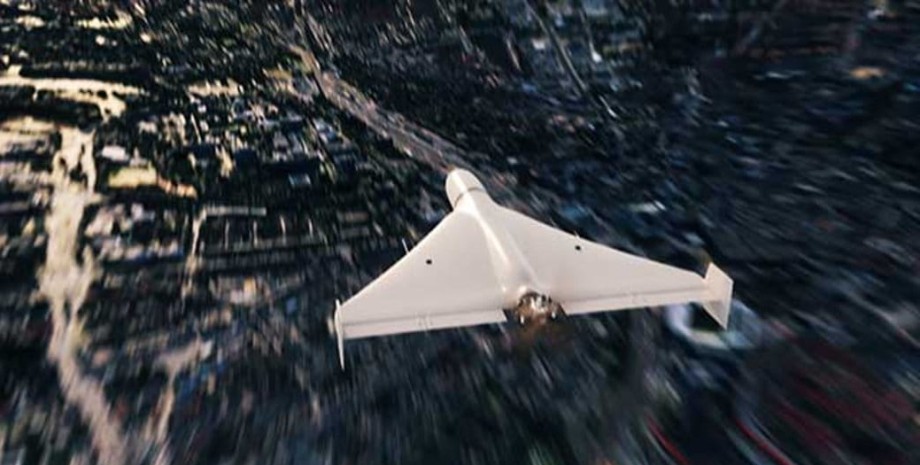
"We record such a change in the tactics of the enemy: they really try to pave the complex trajectories of drones to exhaust the air defense system, complicate our work, in particular, and to cause maximum damage. During this nighttime, almost all of the Odessa was recorded where in principle, stationary air defense systems cannot be placed, " - said Humeniuk.
According to her, it was likely that during the last night attack, the Russian army attempted to detect air defense systems, explaining the choice of complex routes for movement. In addition, the wreckage of a whipped drone can often be destroyed by buildings or, during falling, causing fire. It is because of this that "chew" can cause significant destruction, as the military does not always pay attention to the destruction of the combat part in the air.
Recall that on the night of December 26 to December 27, the Armed Forces of the Russian Federation attacked the peaceful cities of Ukraine with unmanned aerial vehicles of the ShahED-136/131. As a result, 32 Russian drones were destroyed. Most drones that could not be confused attacked the frontal territories, including the Kherson region. A few more UAVs fell without consequences.
In addition, air defense worked in Mykolaiv, Odessa, Kherson, Dnipropetrovsk, Vinnytsia, Zaporizhia, Khmelnytsky and Kirovograd regions. On December 26, the Russian military attacked the railway station in Kherson. As a result, the damage and trains, including evacuating, were damaged. According to the Kherson Regional State Administration, two civilians and two police officers were injured, one person was killed.


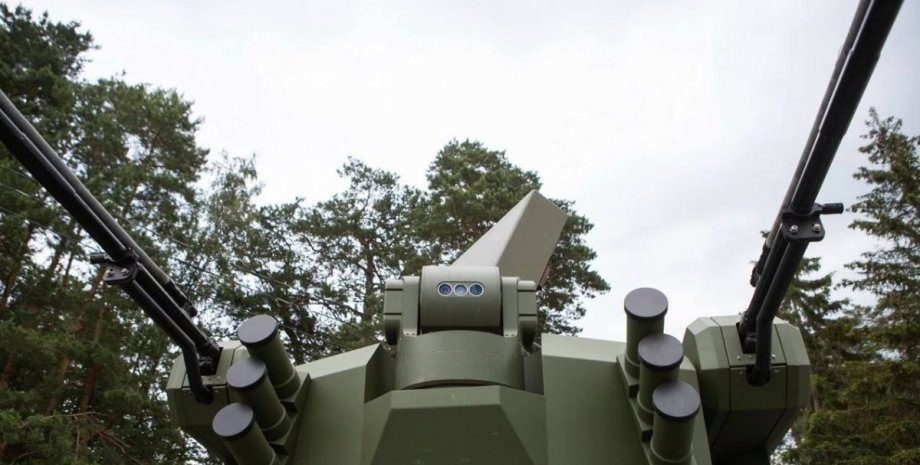

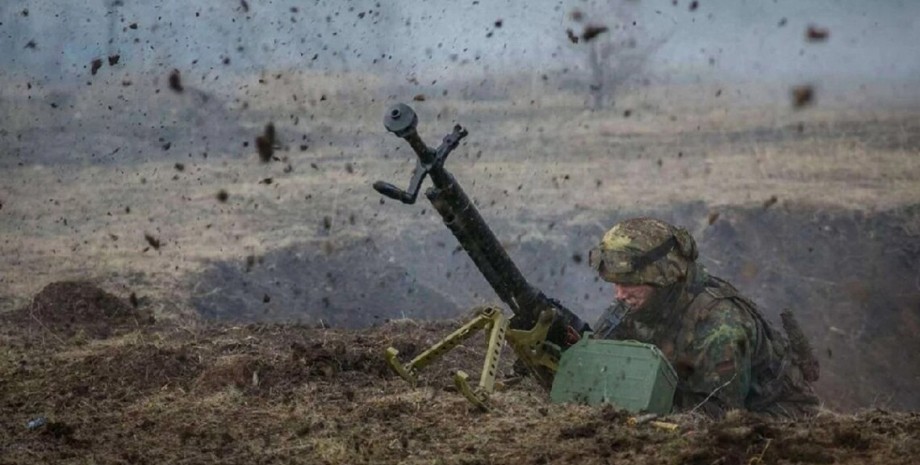

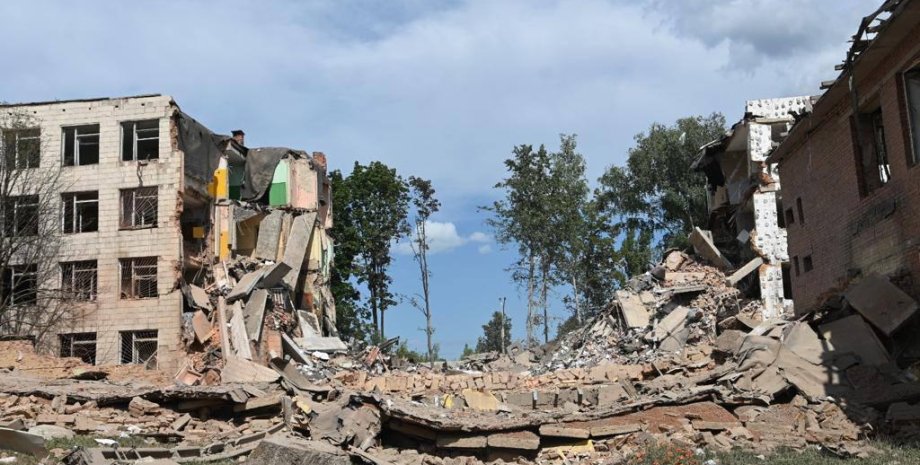
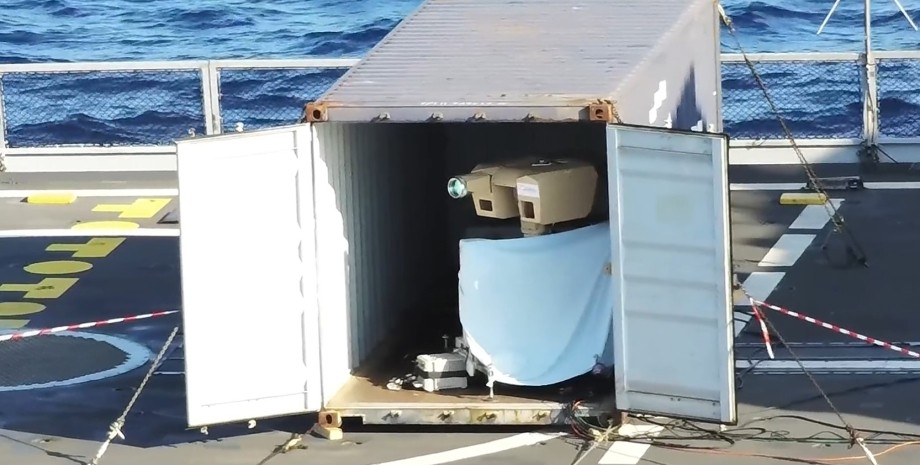


All rights reserved IN-Ukraine.info - 2022